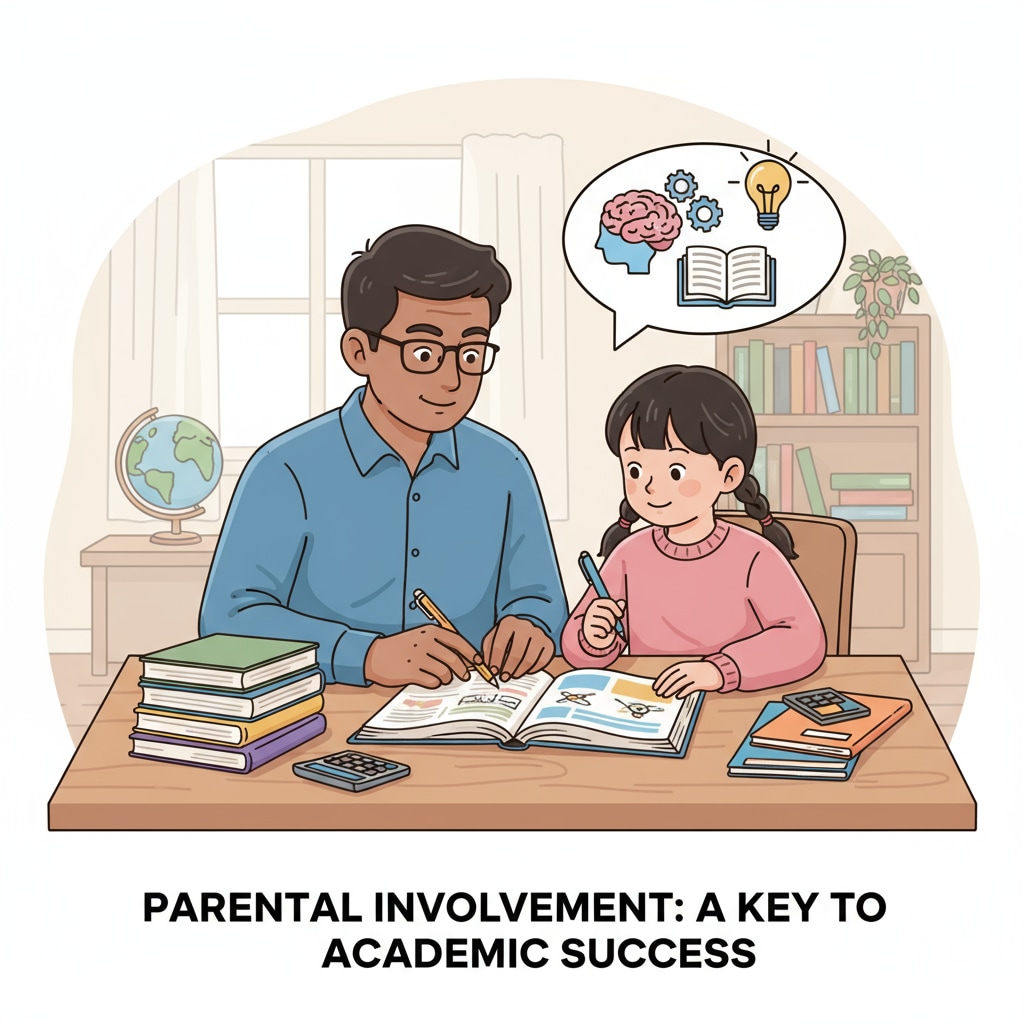The concept of tying child tax credit to student performance has sparked a lively debate in the realm of education and tax policy. This proposal directly links the financial benefits for families with children to how well those children perform academically, thus bringing the issues of child tax credit, student performance, and parental responsibility to the forefront.

As society increasingly values education, understanding the implications of such a policy is crucial.
The Positive Impacts of Linking Child Tax Credit to Student Performance
This policy could potentially bring several positive changes. Firstly, it might significantly increase parental involvement in their children’s education. When parents know that their financial situation is affected by their children’s academic performance, they are more likely to actively engage. For example, they may spend more time helping with homework, attending parent-teacher meetings, and encouraging their children to participate in extracurricular activities. This increased parental support has been proven to have a positive impact on student performance. Parental Involvement on NEA

The Potential Risks of the Policy
However, this policy also comes with potential risks. One major concern is the pressure it may impose on students. If students feel that their family’s financial situation depends on their academic performance, they may experience excessive stress. This could lead to burnout, anxiety, and even a negative attitude towards learning. Additionally, there is a risk of exacerbating educational inequality. Families in disadvantaged areas may already face numerous challenges in providing educational resources. Tying tax credit to performance could further widen the gap between students from different socioeconomic backgrounds. Equity in Education on EdWeek
In conclusion, while the idea of tying child tax credit to student performance has the potential to enhance parental responsibility and improve student performance, it also brings significant risks. Policymakers need to carefully consider these factors and design a balanced policy. By taking into account the diverse needs of families and students, we can create an educational environment that promotes both academic achievement and fairness.
Readability guidance: This article uses short paragraphs to clearly present different aspects of the policy. Each H2 section provides a list of key points. The passive语态 is kept to a minimum, and transition words like “however” and “firstly” are used to make the flow smooth.


